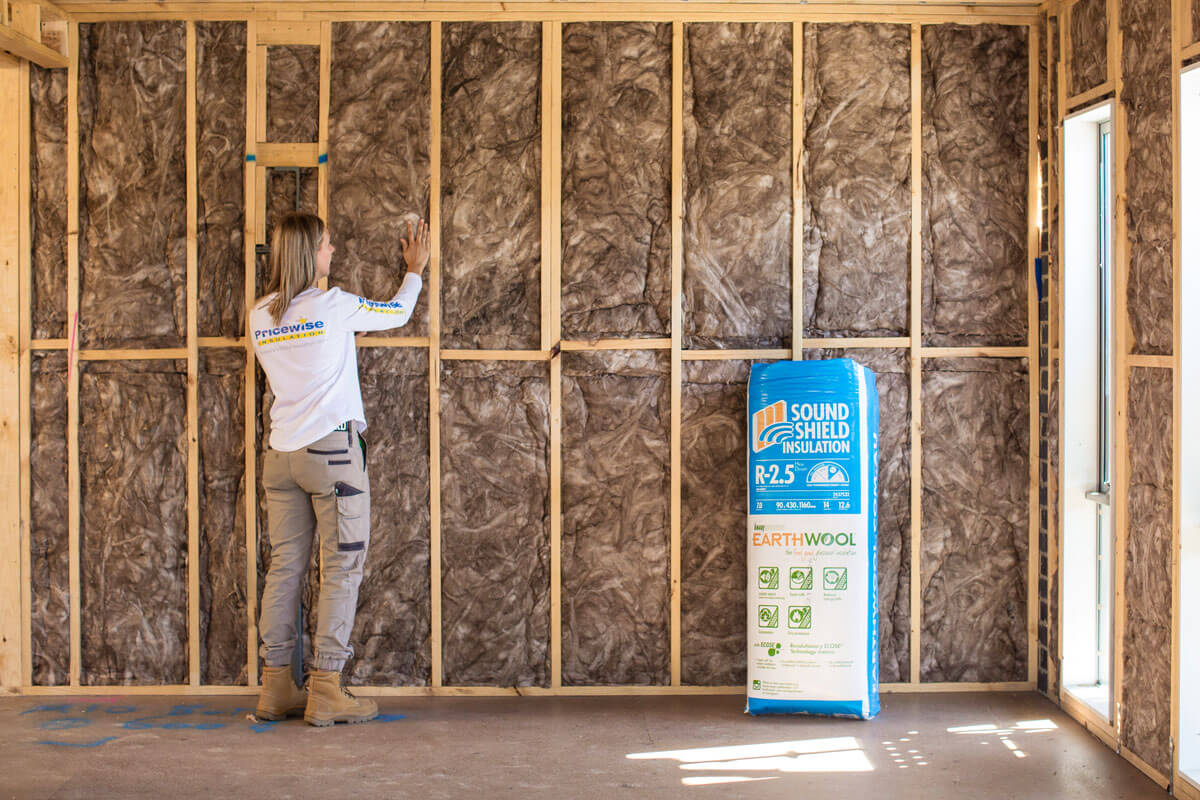

Articles
What R Rating Insulation For Walls
Modified: August 16, 2024
Looking for articles on the best R rating insulation for walls? Find all the information you need to make an informed decision.
(Many of the links in this article redirect to a specific reviewed product. Your purchase of these products through affiliate links helps to generate commission for Storables.com, at no extra cost. Learn more)
Introduction
Insulation plays a crucial role in maintaining the comfort, energy efficiency, and overall performance of a building. When it comes to walls, choosing the right insulation with the appropriate R-rating is essential. The R-value measures the thermal resistance of a material, indicating its ability to resist heat flow. Understanding the significance of R-value and selecting the appropriate insulation for walls can have a significant impact on energy consumption, cost savings, and environmental sustainability.
In this article, we will delve into the world of R-rating insulation for walls, exploring its importance, factors to consider when choosing, recommended R-values for different climate zones, types of insulation available, benefits of high R-rating insulation, and common mistakes to avoid. By the end of this article, you will have a comprehensive understanding of R-rating insulation for walls and be equipped with the knowledge necessary to make informed decisions.
Key Takeaways:
- Choosing the right R-rating insulation for walls is crucial for energy efficiency, comfort, and sustainability. Factors such as climate, building design, and material type play a significant role in making informed decisions.
- Insulating walls with high R-rating insulation offers benefits beyond energy savings, including noise reduction, moisture control, and increased property value. Avoiding common mistakes and following best practices are essential for optimal results.
Read more: What Is A Good R Rating For Insulation
Understanding R-Value
The R-value is a measure of thermal resistance, indicating how well a material can resist the transfer of heat. It measures the ability of an insulation material to prevent heat flow through a given thickness. The higher the R-value, the more effective the insulation is in preventing heat transfer.
R-value is an important factor to consider when insulating walls, as it determines the level of thermal resistance and energy efficiency of the building. A higher R-value means that the insulation will provide better protection against heat loss in cold weather and heat gain in hot weather. It helps to maintain a more stable and comfortable indoor temperature, reducing the need for excessive heating and cooling and ultimately saving on energy costs.
The R-value is influenced by the type of insulation material used, its thickness, density, and specific properties. Different insulation materials have different R-values due to variations in their conductivity and resistance to heat transfer. It is crucial to select an insulation material with an appropriate R-value based on the specific climate conditions and energy requirements of the building.
It is important to note that the R-value is additive, meaning that when multiple layers of insulation are installed, their individual R-values can be combined to achieve the desired level of thermal resistance. For example, if a wall has two layers of insulation with R-values of 10 and 15, respectively, the total R-value would be 25 (10+15). This additive effect allows for greater customization and flexibility in meeting the desired energy efficiency goals.
It is worth mentioning that the R-value alone does not provide a complete picture of the insulation’s performance. Other factors, such as air infiltration, moisture resistance, and installation quality, also influence the overall effectiveness of insulation in walls. Therefore, it is important to consider these factors alongside the R-value when selecting insulation for walls.
Importance of Insulation for Walls
Insulation for walls is a critical component in creating an energy-efficient and comfortable living or working environment. It plays a significant role in reducing heat transfer, maintaining consistent indoor temperatures, and minimizing energy consumption. Here are some key reasons why insulation for walls is important:
- Energy Efficiency: Insulating walls helps to minimize heat transfer between the interior and exterior of a building. During the winter months, insulation keeps the heat inside, reducing the need for excessive heating. In summer, it prevents hot outdoor air from infiltrating the cool interior, reducing the reliance on air conditioning. This improved energy efficiency leads to lower energy bills and a reduced carbon footprint.
- Comfort: Insulation creates a thermal barrier, preventing drafts, cold spots, and heat loss in winter. It also helps to keep the interior cool and comfortable during hot summer days. By minimizing temperature fluctuations, insulation ensures a more pleasant and consistent indoor environment.
- Noise Reduction: Insulation for walls also provides acoustic benefits by reducing the transmission of sound. It helps to block outside noise, creating a quieter indoor living or working space. This is particularly beneficial for areas near busy roads, airports, or other sources of noise pollution.
- Moisture Control: Insulation helps to control moisture by reducing condensation on walls. It creates a vapor barrier, preventing moisture from penetrating the walls and causing damage such as mold and rot. Proper insulation can enhance the durability and longevity of a building’s structure.
- Health and Indoor Air Quality: Insulation contributes to a healthier indoor environment by minimizing the infiltration of allergens, pollutants, and outdoor contaminants. It improves indoor air quality and creates a more comfortable space for occupants, particularly those with respiratory sensitivities.
Considering the numerous benefits, it is evident that insulation for walls is not just a luxury but a necessity. It improves energy efficiency, reduces heating and cooling costs, enhances comfort, provides noise reduction, and promotes a healthier living or working environment. Whether for residential or commercial buildings, investing in proper insulation for walls is a worthwhile endeavor with long-term benefits.
Factors to Consider When Choosing R-Rating Insulation for Walls
Selecting the right R-rating insulation for walls is crucial to ensure optimal energy efficiency and comfort in a building. To make an informed decision, it is important to consider several factors that can influence the choice of insulation. These factors help to determine the appropriate R-value for the specific application. Here are some key factors to consider when choosing R-rating insulation for walls:
- Climate and Location: The climate and location of the building play a significant role in determining the required R-value. Buildings in colder climates require higher R-values to prevent heat loss, while those in hotter climates need insulation with higher resistance to heat gain. Understanding the specific climate zone of the area is essential in selecting the appropriate R-rating insulation.
- Building Design and Orientation: The design of the building and its orientation can impact heat gain and loss. Factors such as the number and size of windows, the presence of shading elements, and the building’s orientation to the sun can influence the insulation requirements. Buildings with heavy sun exposure may require higher R-value insulation to reduce heat transfer.
- Wall Construction and Thickness: The construction and thickness of the walls determine the amount of space available for insulation. Different wall types, such as wood frame, concrete, or masonry, may have varying insulation requirements. The thickness of the walls can also impact the R-value needed to achieve the desired energy efficiency.
- Budget and Cost-effectiveness: The cost of insulation can vary depending on the material, R-value, and installation requirements. It is important to consider the cost-effectiveness of the insulation options and prioritize based on the available budget. While higher R-values offer greater energy efficiency, it’s essential to find a balance between cost and long-term savings.
- Building Codes and Regulations: Local building codes and regulations may specify minimum insulation requirements for walls. It is important to familiarize yourself with these requirements to ensure compliance and to choose insulation that meets or exceeds the standards.
- Environmental Considerations: Sustainability and environmental impact should also be taken into account when choosing insulation. Look for materials with low environmental impact, such as recycled content or natural fibers, and aim for insulation products with a long lifespan to minimize waste.
By considering these factors, you can make an informed decision when choosing the appropriate R-rating insulation for walls. It is recommended to consult with a professional insulation contractor or energy consultant who can provide guidance based on the specific needs and requirements of your building.
Recommended R-Values for Different Climate Zones
Understanding the recommended R-values for different climate zones is essential for selecting the appropriate insulation for walls. The United States Department of Energy (DOE) provides guidelines that categorize the country into different climate zones based on temperature and weather patterns. Here are the recommended R-values for walls in different climate zones:
- Zone 1: This zone represents the hottest and most humid regions, including Southern Florida and parts of Southern Texas. The recommended R-value for walls is R-13 to R-15 for wood-framed walls and R-4 to R-6 for masonry walls.
- Zone 2: Zone 2 includes some parts of Southern and Central United States, such as the Gulf Coast and Southern Arizona. The recommended R-value for walls is R-13 to R-15 for wood-framed walls and R-7 to R-11 for masonry walls.
- Zone 3: This zone covers much of the Central and Southeastern United States, including parts of California, Nevada, and the Carolinas. The recommended R-value for walls is R-13 to R-20 for wood-framed walls and R-11 to R-14 for masonry walls.
- Zone 4: Zone 4 includes the Mid-Atlantic, Midwest, and parts of the South Central United States. Recommended R-values for walls range from R-13 to R-21 for wood-framed walls and R-11 to R-15 for masonry walls.
- Zone 5: This zone covers the Northeastern and North Central United States, including New England, the Great Lakes region, and parts of the Pacific Northwest. Recommended R-values for walls range from R-20 to R-30 for wood-framed walls and R-11 to R-19 for masonry walls.
- Zone 6: Zone 6 includes the Northern United States, including Alaska. The recommended R-values for walls range from R-25 to R-38 for wood-framed walls and R-11 to R-21 for masonry walls.
These recommended R-values serve as a baseline for choosing insulation suitable for the specific climate zone. It is important to consider other factors, such as building design, orientation, and budget, when making a final decision. Consulting with an insulation professional or referring to local building codes can provide further guidance on the recommended R-values for your specific area.
When choosing insulation for walls, consider the climate and local building codes. In colder climates, aim for at least R-13 to R-21, while in warmer climates, R-11 may suffice. Always check local regulations for minimum R-rating requirements.
Read more: What R-Value Insulation For Exterior Walls
Types of Insulation for Walls
When it comes to insulating walls, there are various types of insulation materials available, each with its own unique properties and advantages. The choice of insulation type depends on factors such as budget, R-value requirements, installation method, and environmental considerations. Here are some common types of insulation for walls:
- Fiberglass Insulation: Fiberglass insulation is one of the most commonly used insulation materials for walls. It consists of glass fibers that are lightweight, flexible, and easy to install. Fiberglass insulation is available in batts or rolls and can effectively resist heat transfer. It is affordable, non-combustible, and provides good soundproofing qualities.
- Cellulose Insulation: Cellulose insulation is made from recycled paper material treated with fire-retardant chemicals. It is a popular choice for its high R-value and excellent thermal performance. Cellulose insulation is blown into wall cavities using specialized equipment, making it easy to reach tight spaces and create a seamless thermal barrier.
- Spray Foam Insulation: Spray foam insulation is a versatile and effective option for wall insulation. It is applied as a liquid and expands to fill gaps and cavities, creating an airtight seal. Spray foam insulation has a high R-value and provides excellent thermal and sound insulation. However, professional installation is required, as it involves specialized equipment and proper safety measures.
- Rigid Foam Insulation: Rigid foam insulation panels are made of different materials, such as polystyrene, polyurethane, or polyisocyanurate. They come in various thicknesses and can be easily cut to fit wall cavities. Rigid foam insulation provides high R-values, excellent moisture resistance, and can act as a vapor barrier. It is commonly used in new construction or major renovations.
- Mineral Wool Insulation: Mineral wool insulation is made from natural materials such as rocks or minerals. It is available in batts or loose-fill form and provides good thermal and sound insulation. Mineral wool insulation is resistant to fire, moisture, and pests, making it a durable and long-lasting option for walls.
Each type of insulation has its own strengths and considerations. It is important to assess your specific needs, budget, and environmental preferences before choosing the most suitable insulation material for your walls. Consulting with an insulation professional can also help you identify the best insulation type for your specific project.
Benefits of High R-Rating Insulation for Walls
Investing in high R-rating insulation for walls offers numerous benefits that go beyond simply reducing energy costs. Here are some key advantages of using insulation with a high R-value:
- Improved Energy Efficiency: High R-rating insulation significantly reduces heat transfer through the walls, resulting in improved energy efficiency. It helps maintain a consistent indoor temperature, reducing the need for excessive heating and cooling. This leads to lower energy consumption, decreased utility bills, and a reduced carbon footprint.
- Enhanced Comfort: Insulation with a high R-value creates a thermal barrier that minimizes drafts and heat loss in the winter and prevents heat gain in the summer. This results in a more comfortable and consistent indoor environment, free from cold spots or excessive heat.
- Noise Reduction: Insulation with a high R-value also provides excellent soundproofing properties, reducing the transmission of external noise. It helps create a quieter living or working space, ensuring a more peaceful and comfortable environment.
- Condensation Control: High R-rating insulation helps control moisture and reduces the risk of condensation on walls. This prevents moisture-related problems such as mold growth, rot, and damage to the building’s structure. It promotes a healthier indoor environment and helps maintain the integrity of the walls over time.
- Long-Term Savings: Although high R-rating insulation may have a higher upfront cost, it offers long-term savings. With reduced energy consumption, you can expect lower utility bills month after month. Additionally, high-quality insulation can have a longer lifespan, reducing the need for frequent replacements or repairs.
- Increased Property Value: Installing high R-rating insulation for walls enhances the overall value of a property. Energy-efficient features are highly sought after by homebuyers and can significantly increase the resale value of a home or commercial building.
- Environmental Sustainability: High R-rating insulation contributes to environmental sustainability by reducing energy demand and greenhouse gas emissions. By minimizing energy consumption, you are actively participating in the conservation of natural resources and helping to protect the planet.
When considering insulation for walls, opting for high R-rating insulation provides a multitude of benefits. It not only improves energy efficiency and comfort but also offers noise reduction, condensation control, long-term savings, increased property value, and environmental sustainability. Investing in high R-rating insulation is a wise choice that pays off in terms of comfort, cost savings, and a greener future.
Common Mistakes to Avoid when Insulating Walls
Insulating walls is a crucial step in creating an energy-efficient and comfortable living or working environment. However, there are common mistakes that people tend to make during the insulation process. Being aware of these mistakes can help you avoid costly errors and ensure the insulation is effective. Here are some common mistakes to avoid when insulating walls:
- Inadequate R-Value: One of the most critical mistakes is choosing insulation with an inadequate R-value. Insufficient insulation can result in heat loss, reduced energy efficiency, and discomfort. It is essential to understand the recommended R-value for your climate zone and select insulation that meets or exceeds those guidelines.
- Poor Installation: Improper installation can greatly undermine the effectiveness of the insulation. Gaps, compression, or insufficient coverage can create thermal bridging and allow heat transfer. It is crucial to follow manufacturer instructions and consult with professionals to achieve a proper installation that maximizes the insulation’s performance.
- Neglecting Air Sealing: Insulating walls without considering air sealing is a common mistake. Air leaks can significantly reduce the effectiveness of insulation by allowing uncontrolled airflow. Before insulating, it is important to properly seal gaps, cracks, and penetrations in the walls to prevent drafts and heat loss.
- Ignoring Moisture Control: Failing to address moisture control can lead to moisture-related issues, including mold growth and structural damage. It is crucial to ensure proper ventilation, address existing moisture issues, and use insulation materials that have appropriate moisture resistance properties.
- Blocking Ventilation Outlets: Insulating walls should not impede the ventilation outlets in the building. Blocking vents can cause poor air circulation, moisture buildup, and potential health risks. Make sure to leave adequate space around ventilation outlets to ensure proper airflow.
- Insufficient Soundproofing: If soundproofing is a concern, it is important to select insulation material that provides good sound absorption properties. Choosing insulation with a higher density or incorporating additional soundproofing materials can help reduce noise transmission through the walls.
- Not Considering Fire Safety: Some insulation materials are more flammable than others. It is crucial to consider fire safety regulations and choose insulation that meets the necessary fire-resistant standards for your specific building requirements.
- Ignoring Building Codes: Building codes and regulations specify minimum insulation requirements and installation guidelines. Failing to comply with these codes can result in safety issues and difficulties during inspections. It is important to familiarize yourself with the local building codes and ensure that the chosen insulation meets the necessary standards.
By avoiding these common mistakes, you can ensure that your wall insulation is effective, energy-efficient, and contributes to a comfortable and healthy indoor environment. It is advisable to seek professional advice and follow industry best practices to achieve the best possible insulation outcomes.
Conclusion
Insulating walls with the appropriate R-rating is essential for energy efficiency, comfort, and environmental sustainability. By understanding the importance of R-value, considering various factors when choosing insulation, and following best practices, you can make informed decisions and avoid common mistakes.
Insulation not only reduces heat transfer but also helps control moisture, improve indoor air quality, and reduce noise transmission. It contributes to long-term energy savings, enhances property value, and promotes a greener future. Whether you are insulating residential or commercial walls, selecting insulation with a high R-value tailored to your climate zone is crucial.
Types of insulation materials vary, from fiberglass and cellulose to spray foam and rigid foam. Each material has specific properties and advantages, so it’s important to choose the one that suits your needs, budget, and environmental considerations.
Following proper installation techniques, including air sealing and moisture control, is vital to ensure the insulation’s effectiveness. Neglecting these steps can lead to energy loss, reduced comfort, and potential damage.
In conclusion, insulating walls with the right R-rating insulation offers numerous benefits, including energy efficiency, enhanced comfort, noise reduction, moisture control, long-term savings, increased property value, and environmental sustainability. By avoiding common mistakes and adhering to building codes, you can achieve optimal insulation results and create a more sustainable and comfortable living or working environment.
Frequently Asked Questions about What R Rating Insulation For Walls
Was this page helpful?
At Storables.com, we guarantee accurate and reliable information. Our content, validated by Expert Board Contributors, is crafted following stringent Editorial Policies. We're committed to providing you with well-researched, expert-backed insights for all your informational needs.
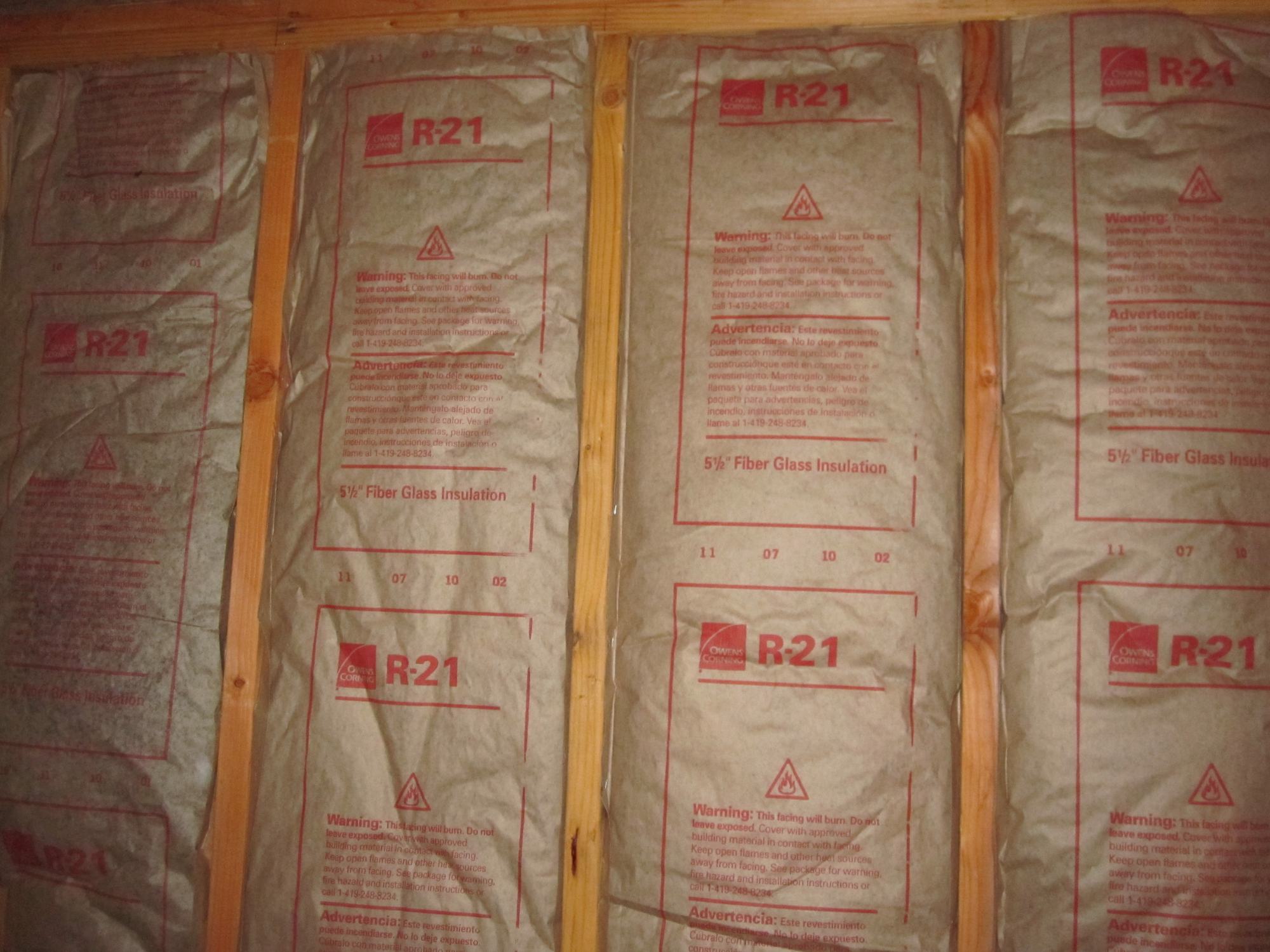
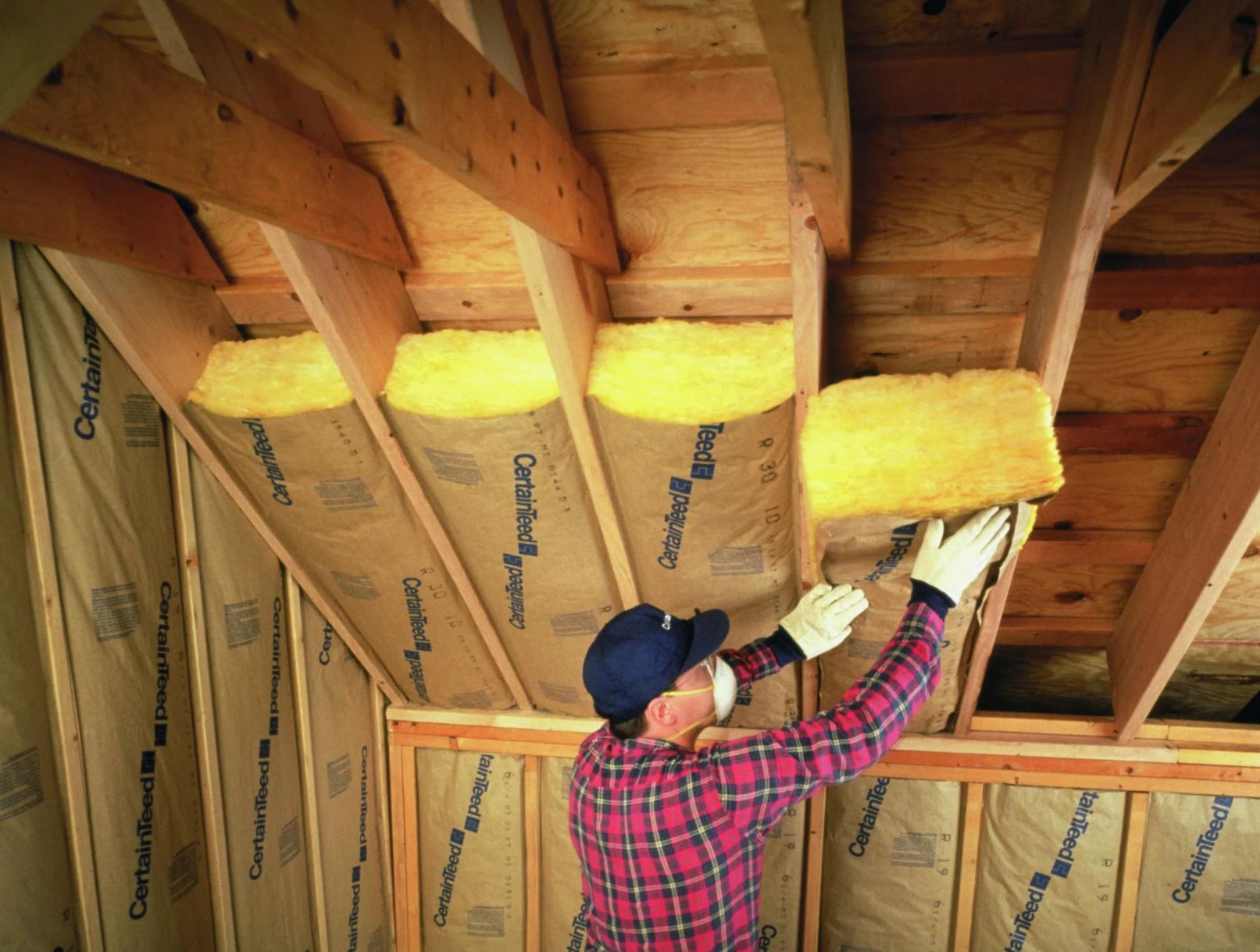
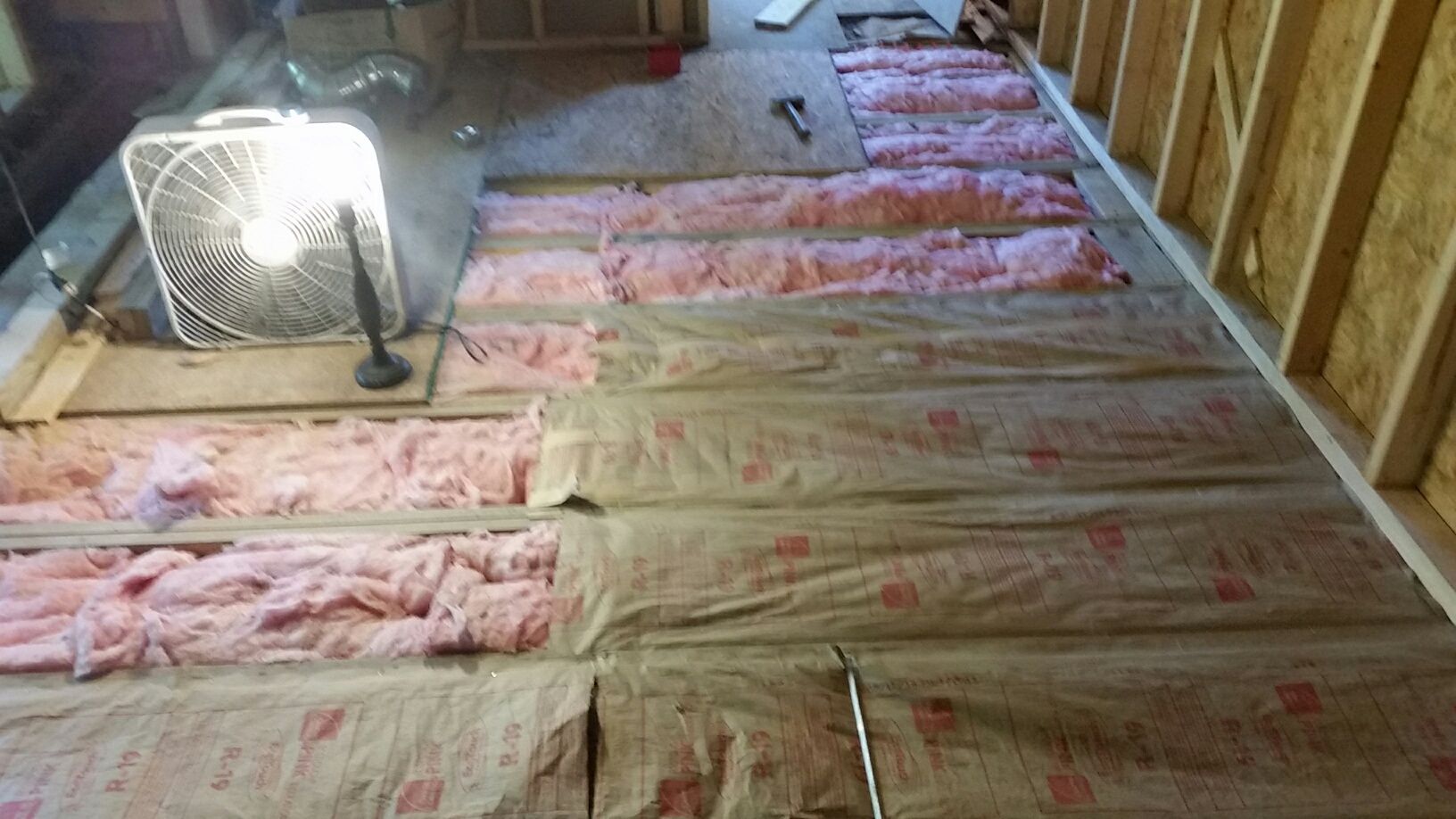
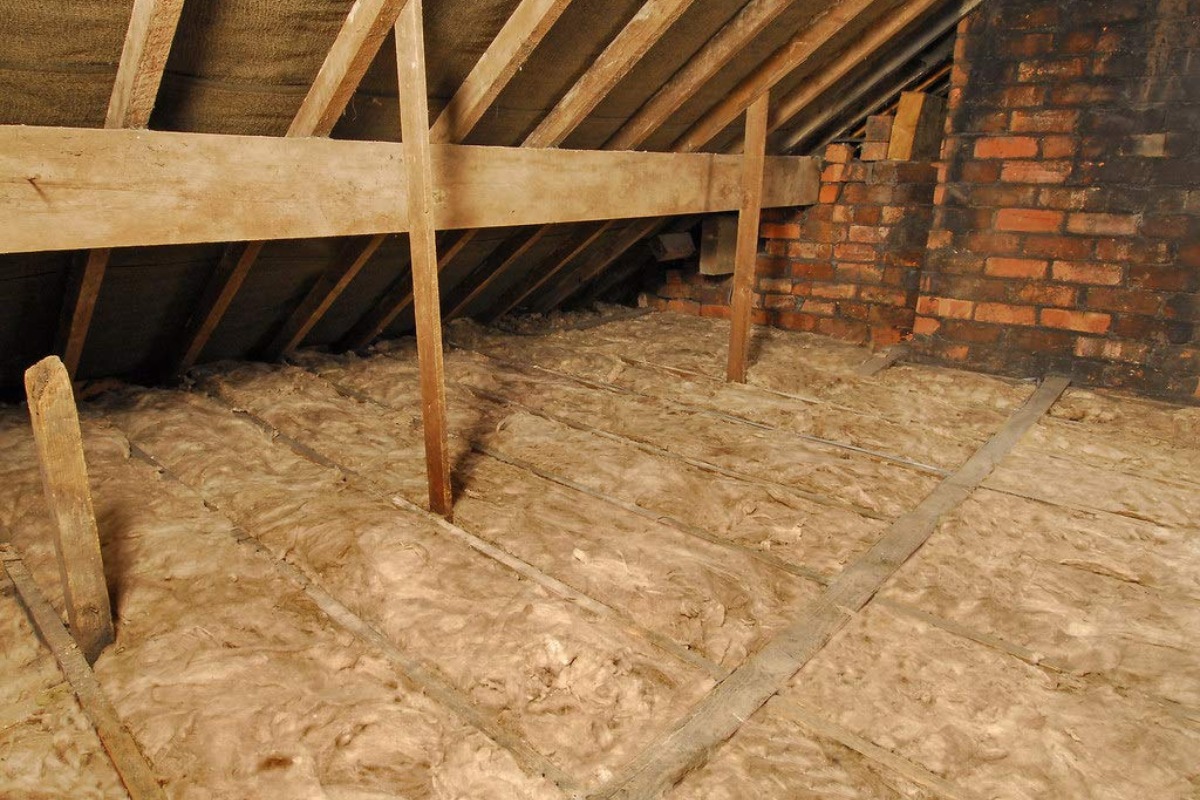
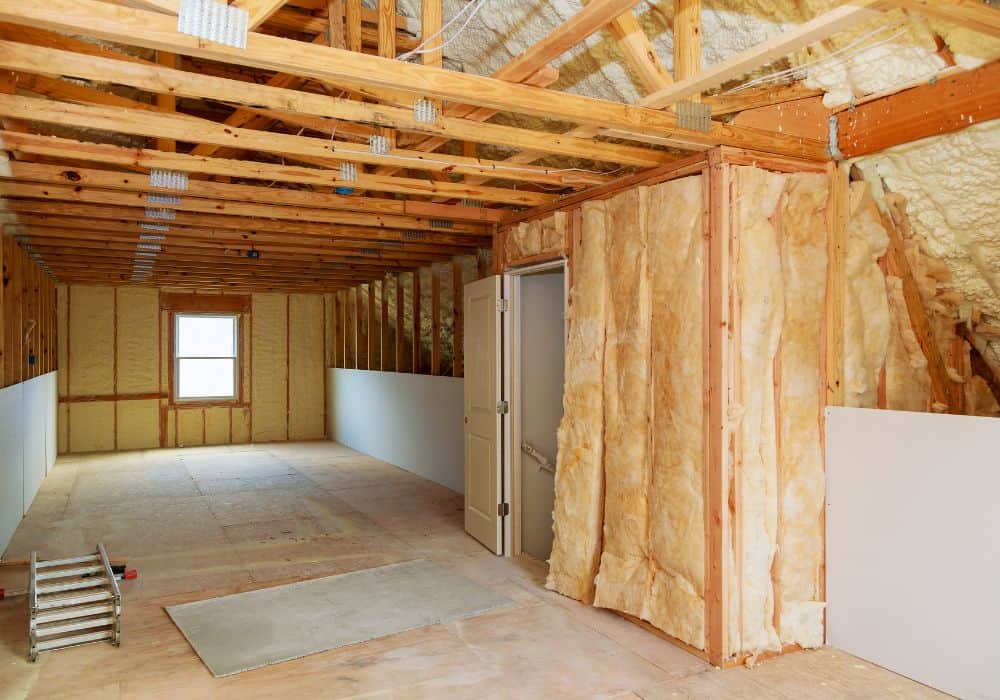
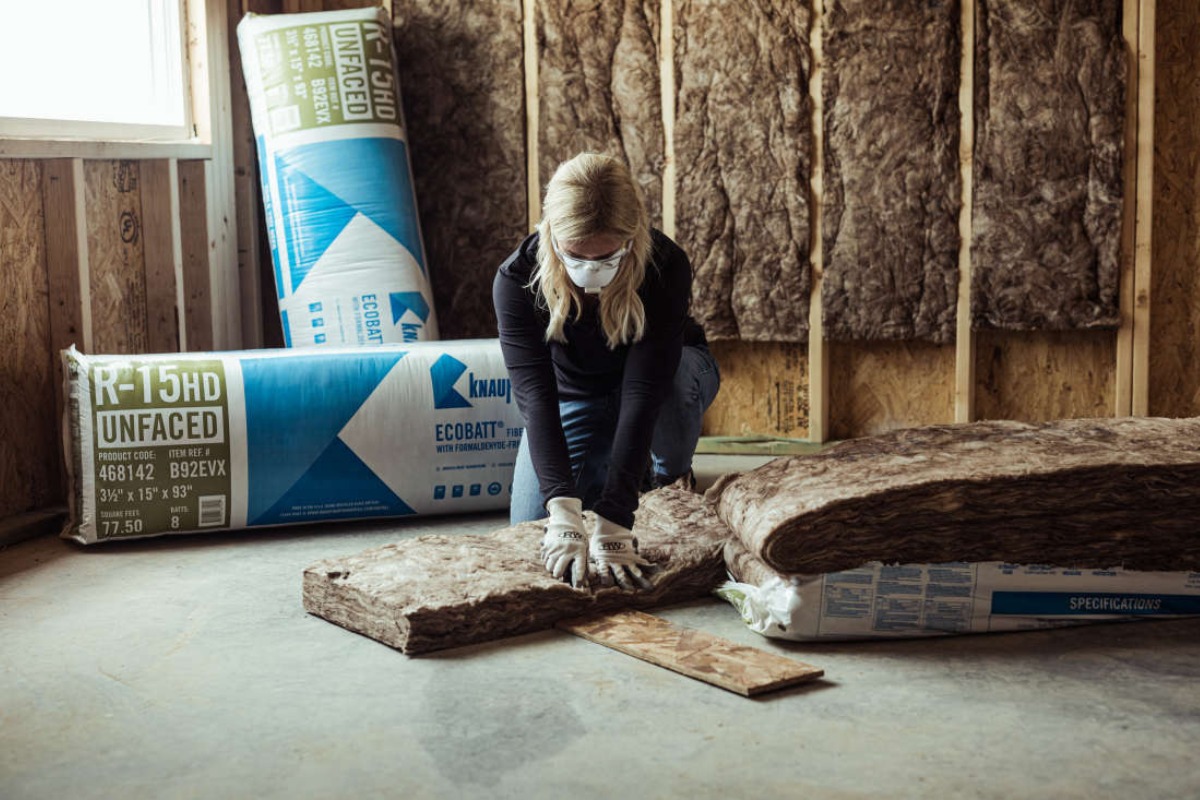
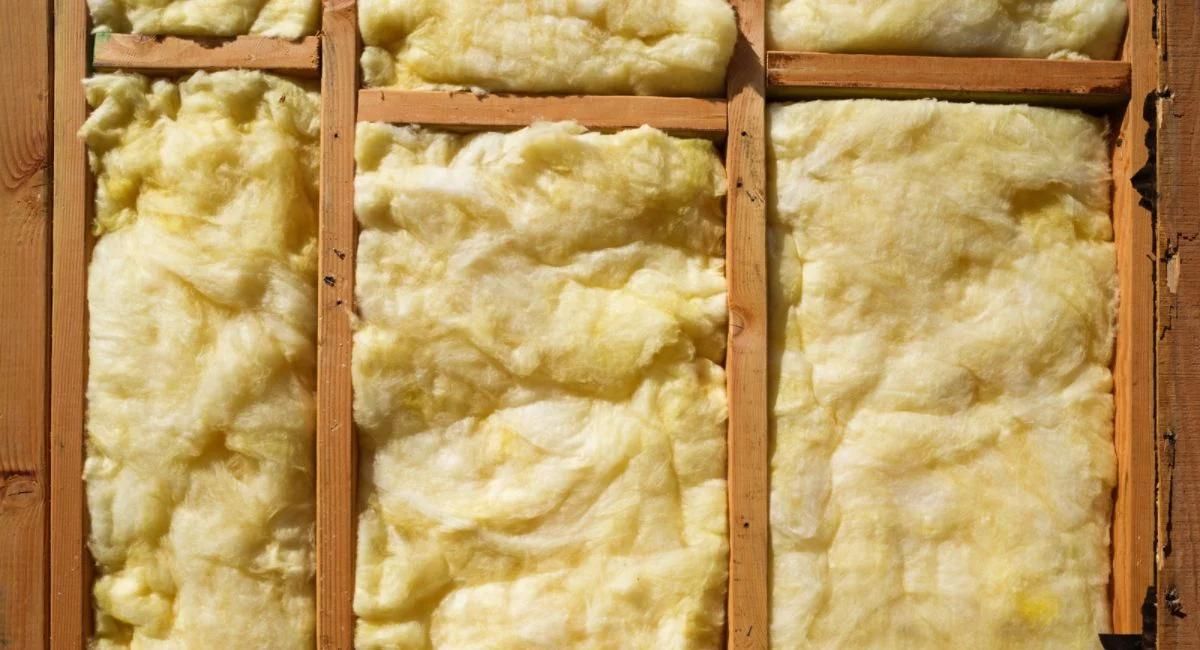
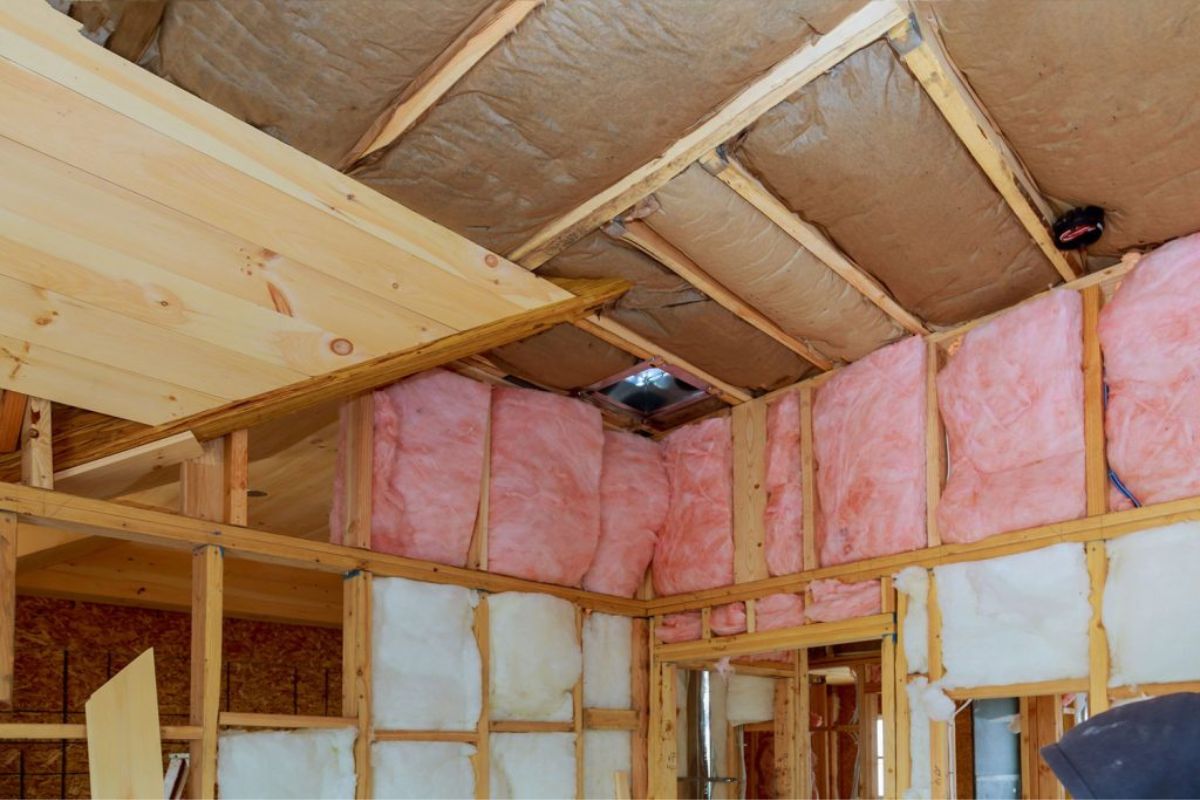
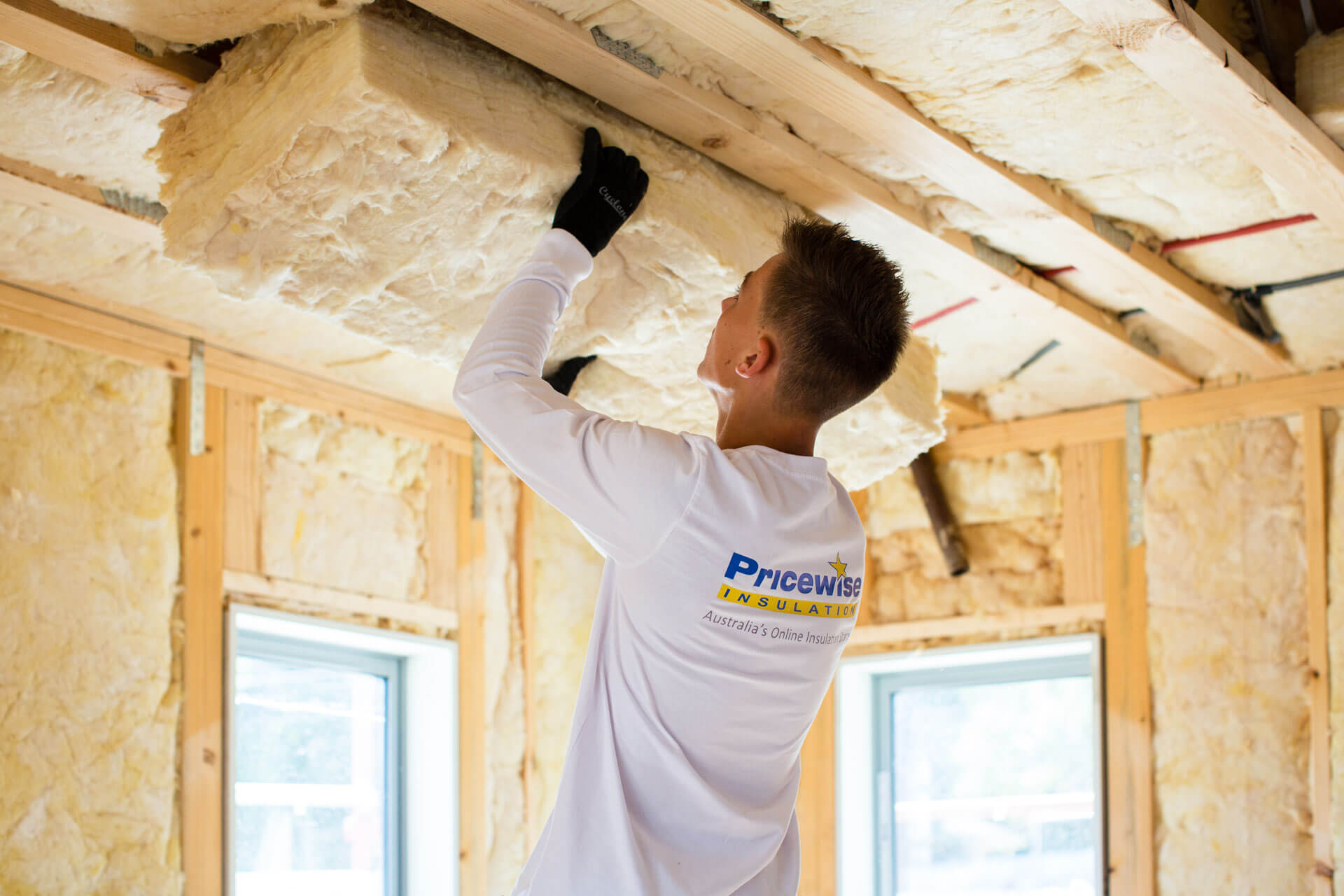
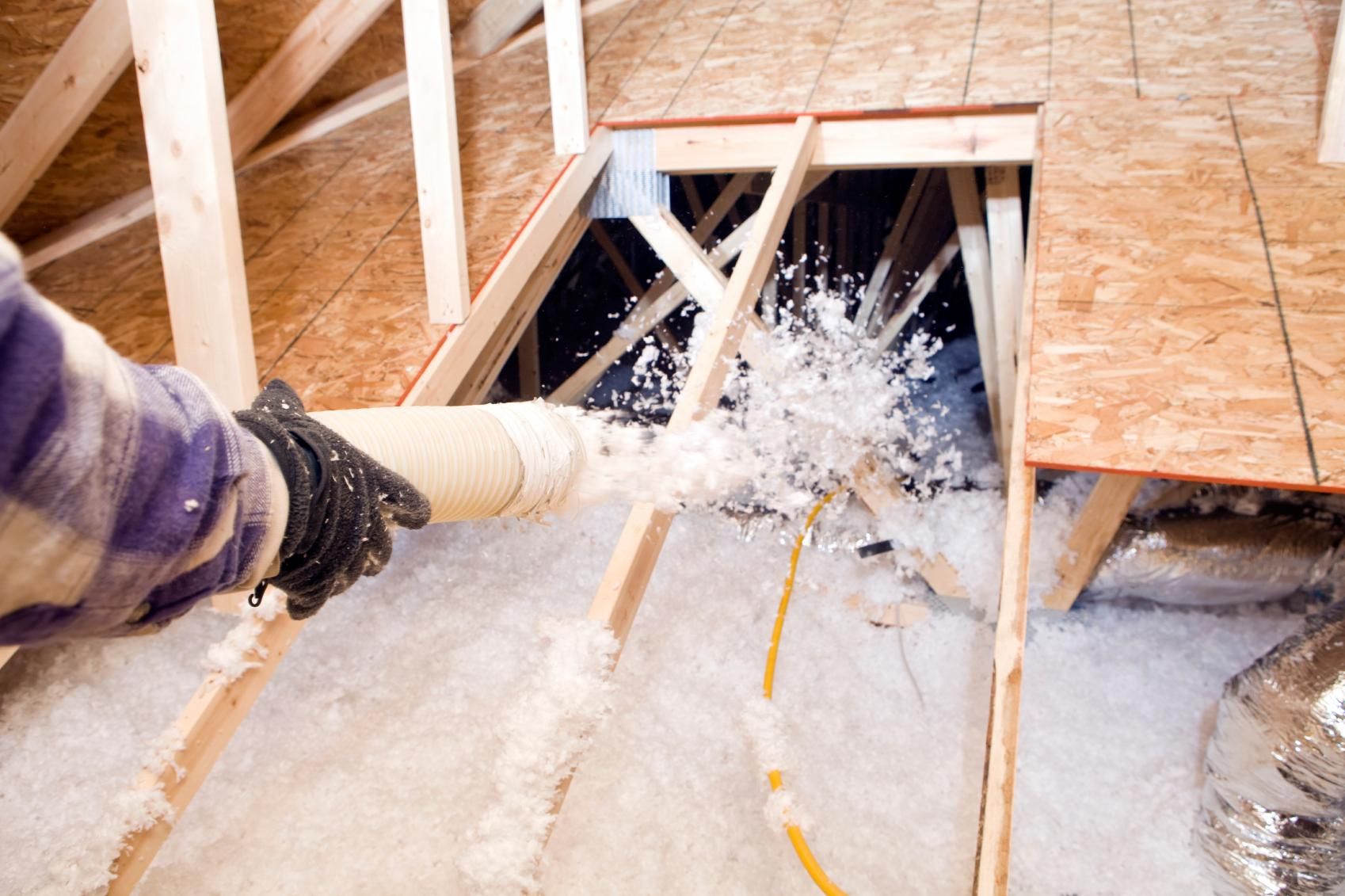
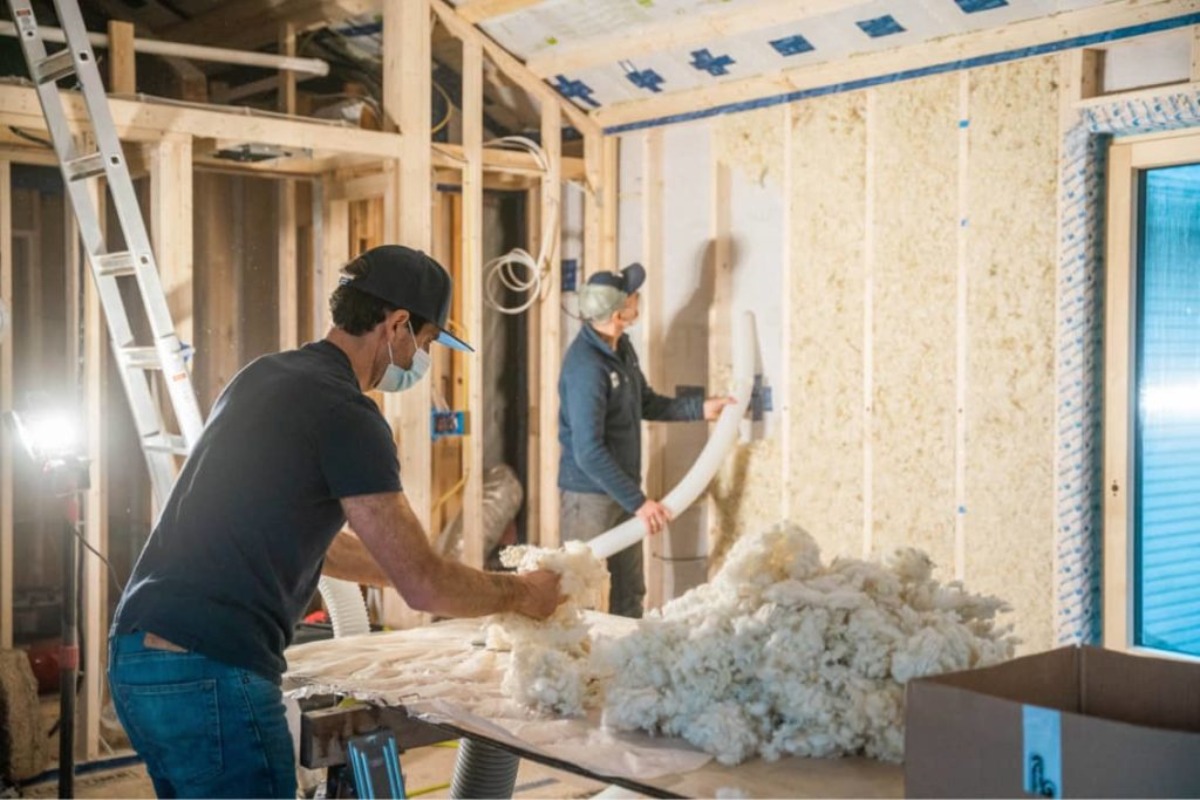
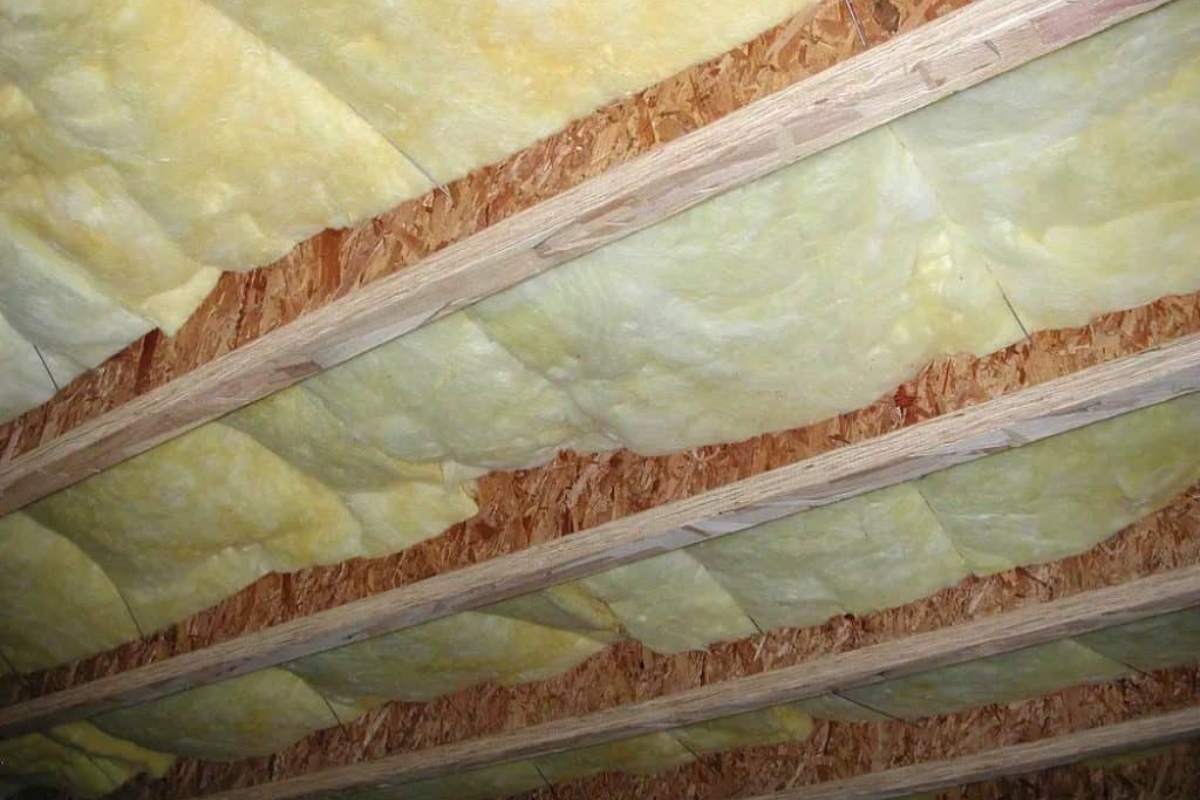
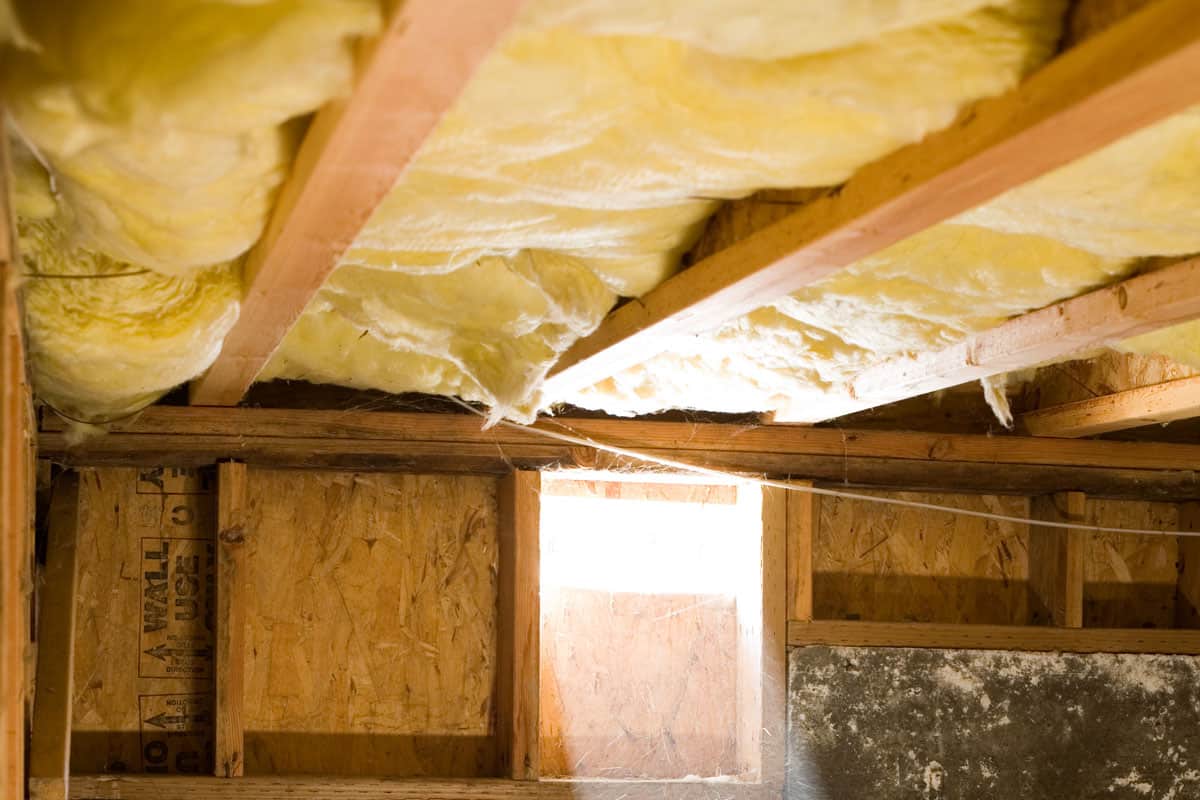
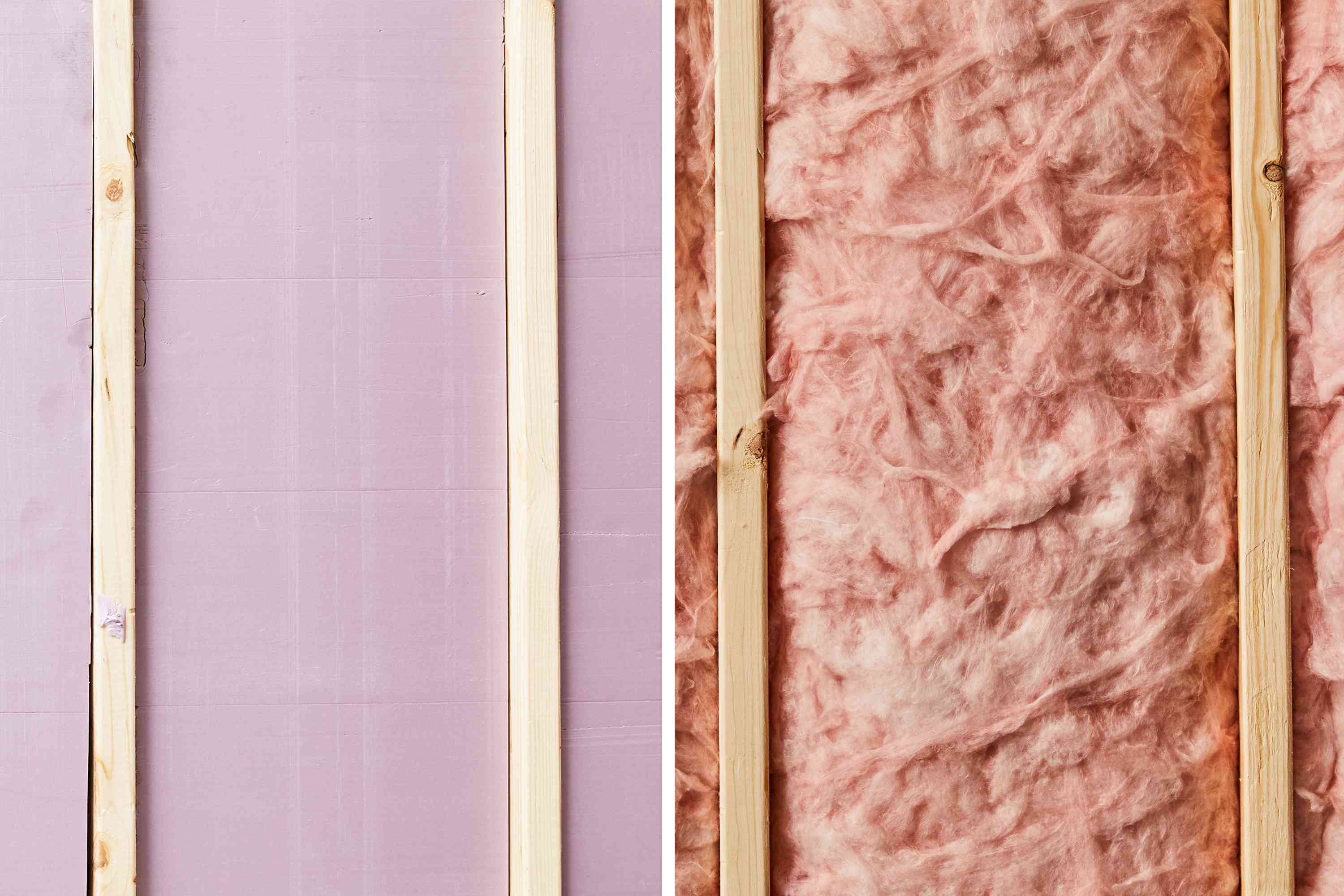

0 thoughts on “What R Rating Insulation For Walls”